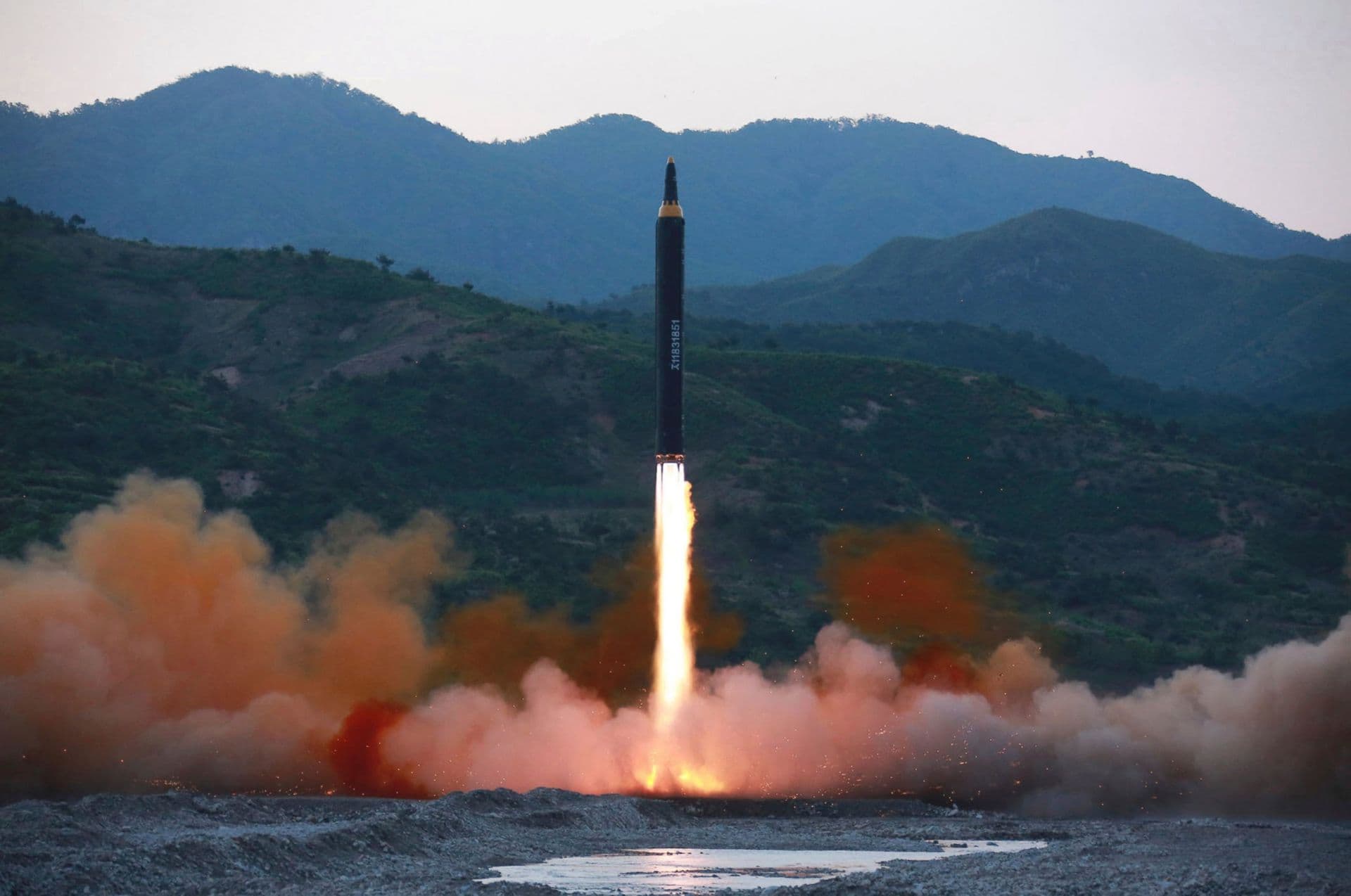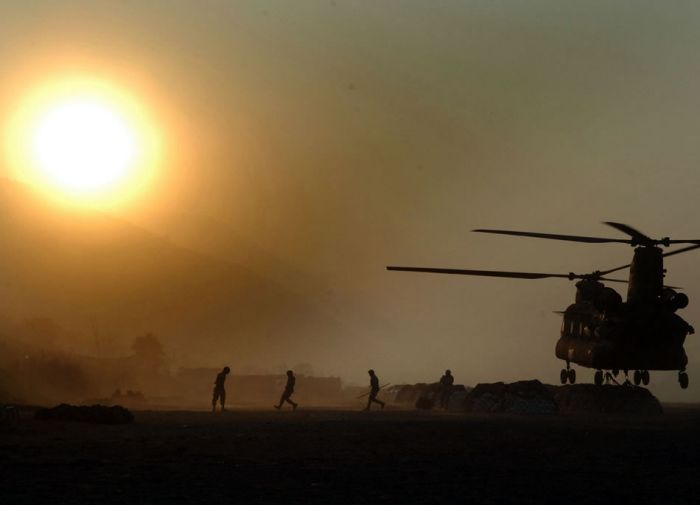North Korea fired an intermediate range ballistic missile eastwards over Japan and into the Pacific on Friday, the US said, its latest provocation amid high tensions over its banned weapons programmes.
The launch, from near Pyongyang, came after the United Nations Security Council imposed an eighth set of sanctions on the country over its ballistic missile and atomic weapons programmes.
That was in response to its sixth nuclear test — by far its largest yet — earlier this month, which Pyongyang said was a hydrogen bomb small enough to fit onto a missile.
The Pentagon confirmed the missile fired was an intermediate range ballistic missile (IRBM) and said it did not pose a threat to North America.
The North has raised tensions in the region with its rapid progress in weapons technology under leader Kim Jong-Un, who is closely associated with the programme and regularly pictured by state media overseeing launches and visiting facilities.
Its last missile launch, a Hwasong-12 intermediate range missile just over two weeks ago, also overflew Japan — its first to do so for years — sparking emergency sirens and text alerts, before coming down in the Pacific Ocean.
Friday’s missile flew over Hokkaido in northern Japan “at around 07:06 am (2206 GMT) towards the Pacific Ocean”, Japan’s J-Alert system said, with reports saying it came down around 2,000 kilometres east of Hokkaido.
“Japan can never tolerate this repeated provocative action by North Korea,” Tokyo’s top government spokesman Yoshihide Suga told reporters.
“We have strongly protested to the North, telling them of the strong anger by the Japanese people and condemn with the strongest words possible.”
The launch comes a day after the North warned of a “telling blow” against Japan, accusing it of “dancing to the tune of the US” for supporting fresh UN sanctions.
“The four islands of the archipelago should be sunken into the sea by the nuclear bomb of Juche,” Korea Asia-Pacific Peace Committee (KAPPC) said in a statement carried by the official KCNA news agency, referring to the North’s national philosophy of “Juche” or self-reliance.
There have been no reports of objects falling onto Japanese territory and Tokyo has so far “not received reports of any damages to aircraft and vessels which were navigating nearby”, Suga said.
He added that the government would quickly convene a national security meeting to take appropriate measures and would “closely cooperate with the UN Security Council, the US, South Korea, and other relevant countries in dealing with the issue”.
Fire and fury
Seoul’s defence ministry said the missile probably travelled around 3,700 kilometres and reached a maximum altitude of 770 kilometres — both higher and further than the previous device.
It was fired from a similar location near the capital’s airport, it added.
The South’s President Moon Jae-In called an emergency meeting of Seoul’s national security council, a standard procedure after the North fires a missile or tests a nuclear device.
Seoul’s military carried out a ballistic missile drill of its own on Friday in the East Sea, Korea’s name for the Sea of Japan, the Yonhap news agency reported.
In July, Pyongyang fired two intercontinental ballistic missiles that appeared to bring much of the US mainland into range.
It followed that up with an announcement it was planning to send a salvo of rockets towards the US Pacific territory of Guam, home to significant military facilities.
US President Donald Trump threatened it with “fire and fury”, heightening fears of conflict.
The United Nations Security Council sanctions imposed on Monday are the strongest so far, banning the North’s textile trade and imposing restrictions on shipments of oil products, among a series of other measures.
But analysts expect them to do little to dissuade Pyongyang, which says it needs nuclear weapons to defend itself against the threat of invasion by the US.











